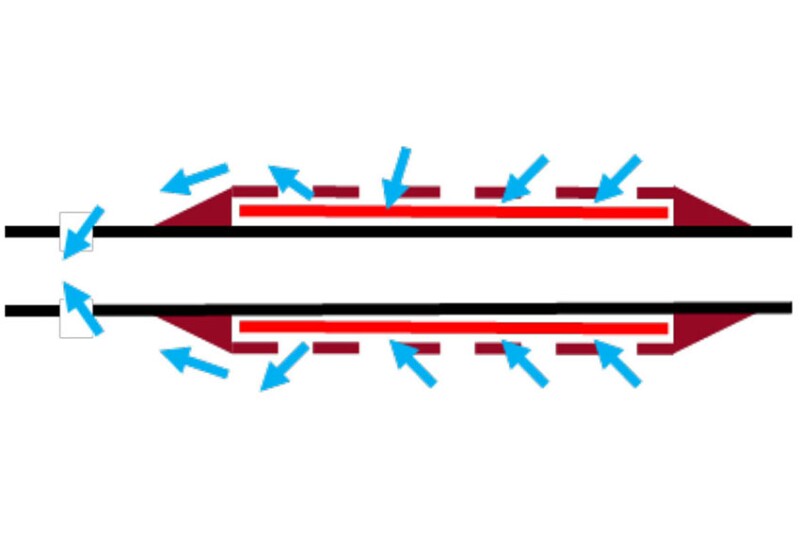This paper describes how near-real-time tracer data from an onsite tracer analysis enabled the operator to interactively optimize two well cleanups in the Nova field. The tracers provided key information on the cleanup progress in different zones, which enabled the operator to make informed and fast decisions to maximize well-cleanup efficiency while minimizing rig time and cost.
Introduction
The Nova field is in the northeastern North Sea. Reservoir sands are at depths of 2500–2800 m, with a pressure of approximately 290 bar and temperatures up to 110°C. The field will be operated with six wells—three oil producers and three water injectors—with an injector/producer pair in each of the main fault compartments. The authors, in the complete paper, show the value of inflow tracer data during the cleanup phase of two producers (X-3H and X-4 AHT2) in the field.
Well-Cleanup Challenges and Monitoring Requirements
The main challenge is to ensure that the well is sufficiently cleaned up at the zonal level while rig time and cost is minimized.


